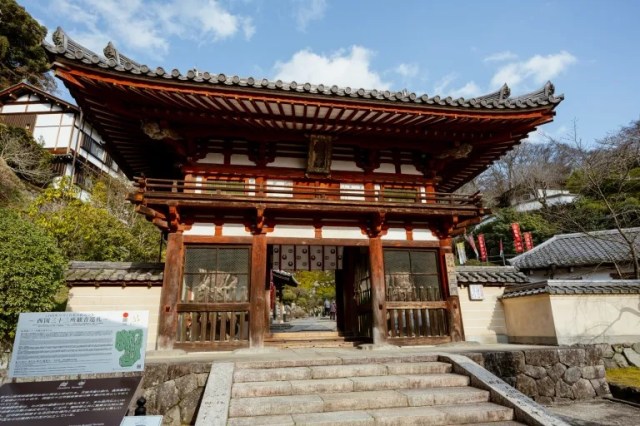
Okadera Temple is also known as the “Dragon Lid Temple.”
If you’ve been following our recent travel reports from Nara, you’ll know that there’s a set of four sites known as the Four Great Temples of Yamato (Yamato being the historical name for the region). We’ve already told you about Hasedera, Muroji, and Abe Monjuin, and today we’re finishing off the pilgrimage to the last of the four, Okadera, located in Nara Prefecture’s Takaichi district.
When visiting temples in Japan, it’s customary to stop at a fountain called the chozuya, or sometimes the temizuya, that’s located right inside the gate to purify your hands with the water there. Usually, the water flows into an otherwise trough, but Okadera has become famous among photographers for its unique practice of periodically filling its chozuya with beautiful flowers, as they had on the day when we stopped by.
Okadera was founded in the year 663, and over the years it’s acquired special cultural significance because of its dragon legend and Buddhist statuary. Starting with the latter, housed in the temple’s main hall is the Nyoirin Kannon Bosatsu, the largest clay Buddha image anywhere in Japan.
The main hall was rebuilt in 1805, and it’s a testament to just how much history there is here that this “new” building is still over 200 years old.
At the front of the hall is the Nyoirin Kannon statue, which, even in a seated posture, is over five meters (16.4 feet) tall.
If you’ve been to many temples in Japan, you’ve probably noticed that the large statues are almost always made of bronze or wood. Those materials are sturdier, and in a country that’s seen as much seismic activity, warfare, and humidity as Japan has, earthenware statues just don’t tend to last as long before cracking or snapping. But Okadera’s Nyoirin Kannon? It’s been part of the temple for over 1,300 years.
As part of Central Japan Railway Company/JR Tokai’s Iza Iza Nara travel package, we were able to get especially close to the statue, and were allowed to photograph it as part of our press tour. There’s an amazing level of detail, and it’s both humbling and inspiring to think that the sculptors who created it still have people admiring their artistry over a millennium later.
The temple’s staff treat the statue very delicately, taking great care even when dusting it. It’s not certain that it could be moved without damaging it, so when the main hall was rebuilt 200 years ago, the statue stayed right where it was, on a stone foundation, and the hall was torn down and then rebuilt around it, a process that’s said to have taken some 30 years.
▼ The base of the statue
▼ Another exquisite statue inside the main hall
As we mentioned earlier, there’s also a dragon legend connected to Okadera, and there’s a hint to this before you’re actually on the temple grounds. Look up as you pass through the main gate, and you’ll spot a placard.
This is customarily where the name of the temple you’re entering would be written. However, instead of 岡寺, the kanji characters for Okadera, the sign has the kanji 龍蓋寺, read Ryugaiji and meaning “Dragon Lid Temple.”
Legend has it that back in the 7th century, Yamato was being terrorized by an evil dragon. Seeking to put a stop to its villainy, a priest named Gaien subdued the dragon and forced it into a pond, placing a large stone atop it to act as a lid and seal the beast in place. Gaien then built a temple on the site, which became known as Ryugaji.
▼ The pond, located on the Okadera grounds, and stone
The drowning of a mythical creature might sounds like a morbid backstory for a temple’s name, but the tale doesn’t end there. According to the legend, Gaien’s actions didn’t kill the dragon. It was merely trapped. Left in the pond to reflect on its behavior, the dragon began to feel remorse for all the mayhem it had been causing, and with its character reformed it became the guardian deity of the area. Even now, with its name having changed to Okadera, the temple is still known for its purification ceremonies.
▼ An artist’s rendition of Gaien giving the dragon its life-altering time-out.
It’s a reminder that sometimes it’s important to give second chances in life, and Okadera, and the rest of the Four Great Temples of Yamato, are a reminder that as charming as Nara Park and its deer are, there are plenty of other things worth seeing in the prefecture too.
Temple information
Okadera / 岡寺
Address: Nara-ken, Takaichi-gun, Asukamura 806
奈良県高市郡明日香村岡806
Website
Related: Iza Iza Nara, Official Nara Travel Guide
Photos ©SoraNews24
● Want to hear about SoraNews24’s latest articles as soon as they’re published? Follow us on Facebook and Twitter!
[ Read in Japanese ]

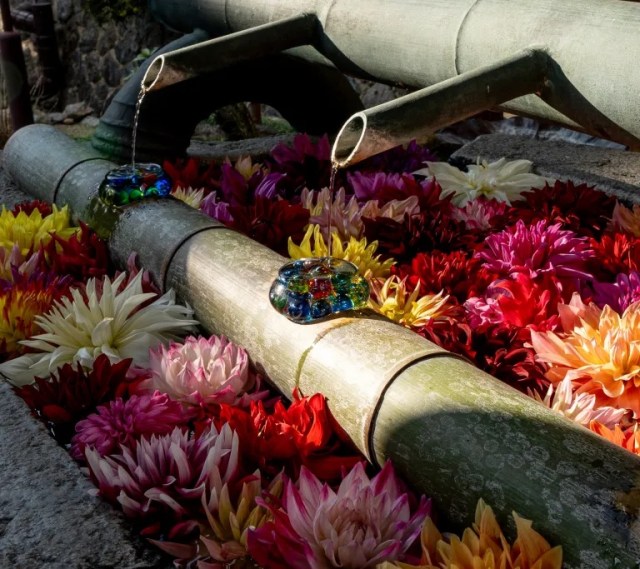
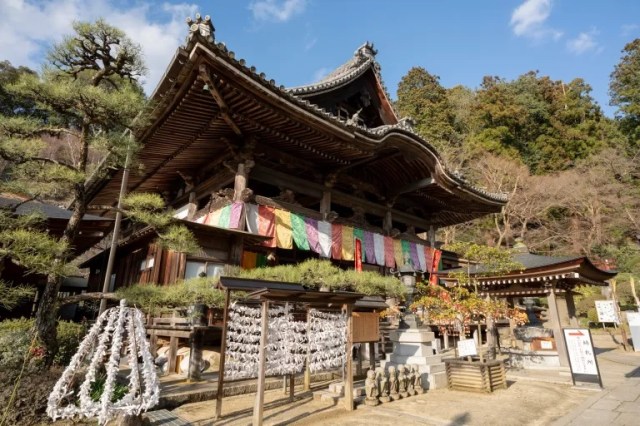
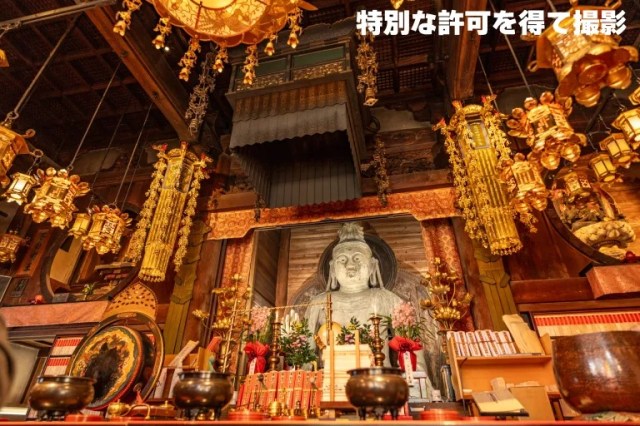
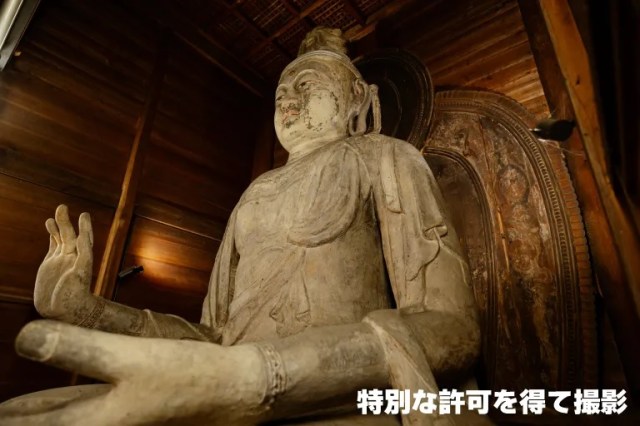
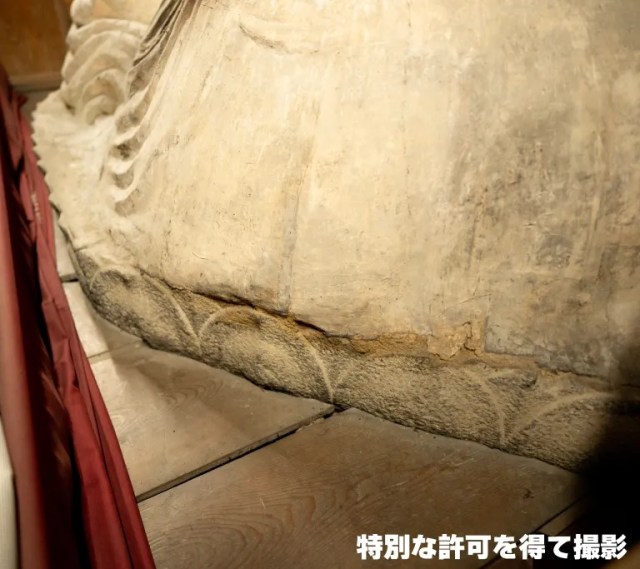
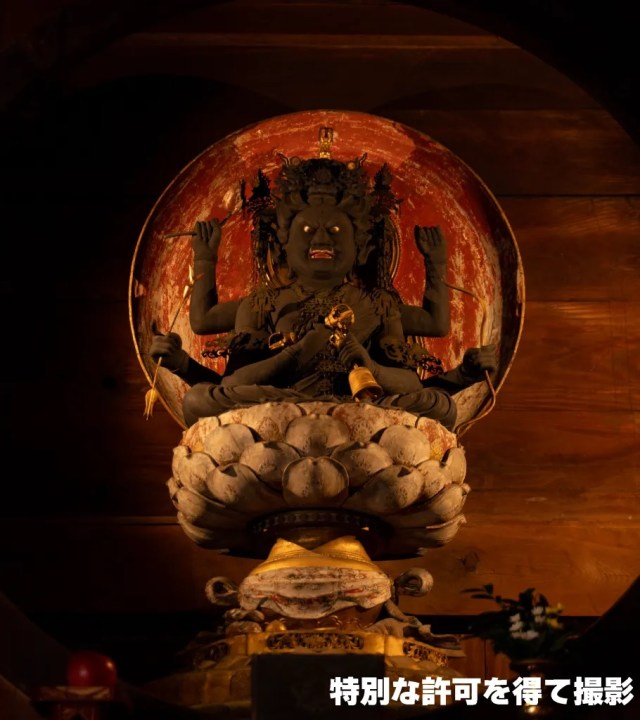
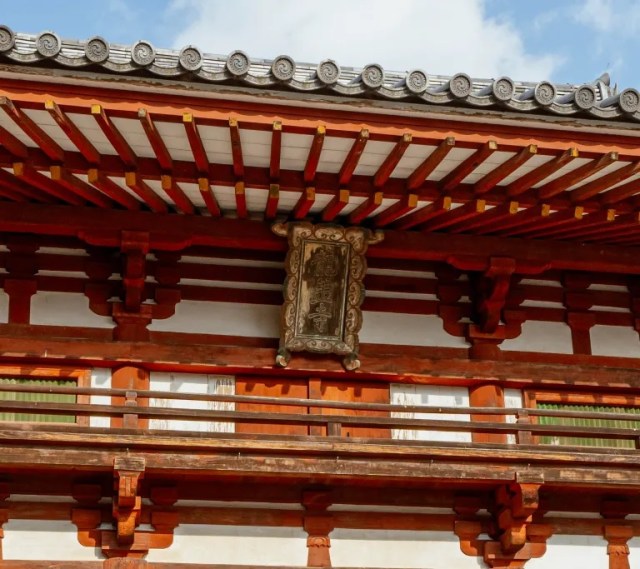
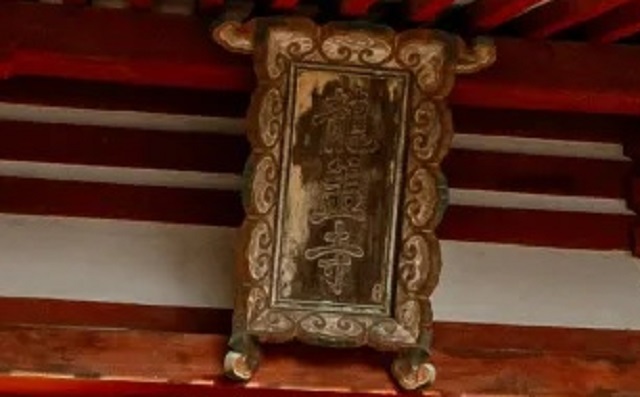
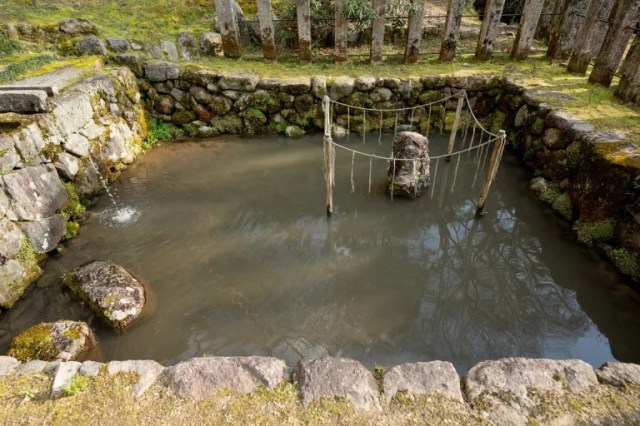
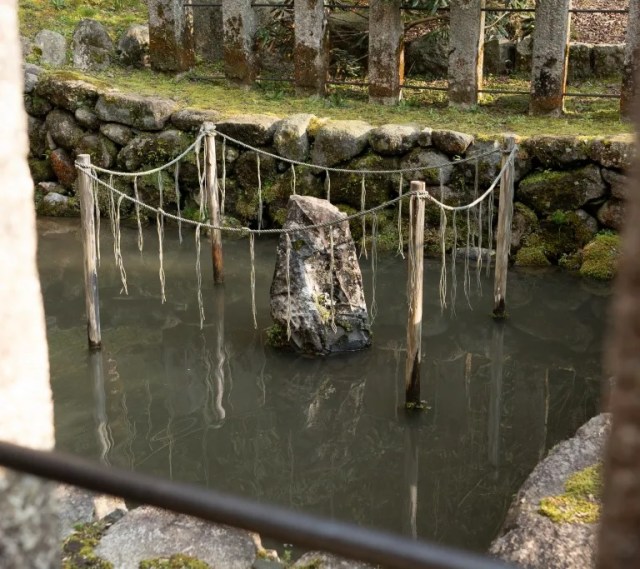
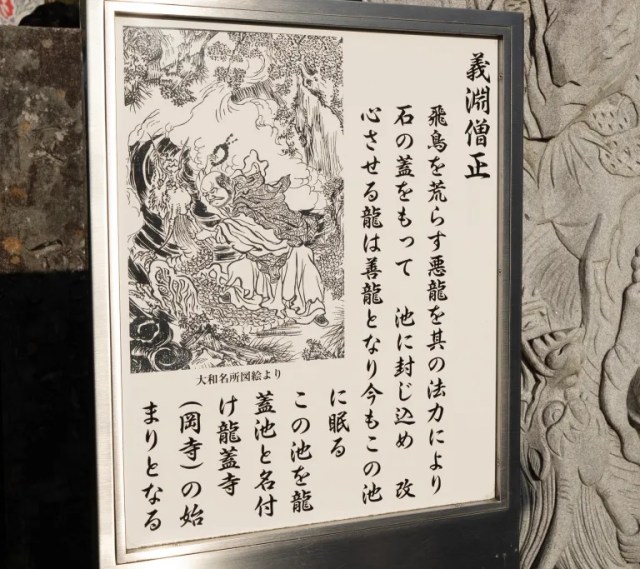
 This little-known temple in rural Japan has a giant Buddha bigger than Kamakura’s or Nara’s【Pics】
This little-known temple in rural Japan has a giant Buddha bigger than Kamakura’s or Nara’s【Pics】 A visit to the ordinarily forbidden hall of Nara’s Hasedera Temple【Photos】
A visit to the ordinarily forbidden hall of Nara’s Hasedera Temple【Photos】 A visit to Japan’s centuries-old boob temple
A visit to Japan’s centuries-old boob temple Giant Buddhist pagoda and Kannon statue in Fukuoka Prefecture look like a theme park
Giant Buddhist pagoda and Kannon statue in Fukuoka Prefecture look like a theme park Afro Buddha, usually only displayed one day a year, gets rare extended viewing until mid-October
Afro Buddha, usually only displayed one day a year, gets rare extended viewing until mid-October Practical Zelda Tears of the Kingdom merch is here to be Hyrule-helpful in your daily life【Pics】
Practical Zelda Tears of the Kingdom merch is here to be Hyrule-helpful in your daily life【Pics】 Starbucks releases an official green tea chai latte with special Japanese ingredients
Starbucks releases an official green tea chai latte with special Japanese ingredients Kyoto study finds nearly 500 translation errors for foreign tourists, new guidelines released
Kyoto study finds nearly 500 translation errors for foreign tourists, new guidelines released Ultra-cheap, convenient Tokyo hotel is a great place to stay…if you pay extra for earplugs
Ultra-cheap, convenient Tokyo hotel is a great place to stay…if you pay extra for earplugs Japanese public toilet tours become popular with foreign tourists in Tokyo
Japanese public toilet tours become popular with foreign tourists in Tokyo We check out Otaru’s real-life locales that inspired scenes in hit anime Golden Kamuy
We check out Otaru’s real-life locales that inspired scenes in hit anime Golden Kamuy McDonald’s Happy Meals in Japan now come with Shinkansen robots
McDonald’s Happy Meals in Japan now come with Shinkansen robots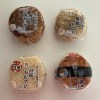 Should you warm up your convenience store onigiri rice balls in the microwave?【Taste test】
Should you warm up your convenience store onigiri rice balls in the microwave?【Taste test】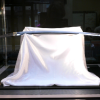 Amazing exhibition of Japan’s legendary “cursed katana” is going on right now【Photos】
Amazing exhibition of Japan’s legendary “cursed katana” is going on right now【Photos】 6 surprising things about having a baby in Japan
6 surprising things about having a baby in Japan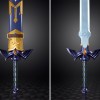 Life-size vibrating Legend of Zelda Master Sword for sale from Nintendo【Photos】
Life-size vibrating Legend of Zelda Master Sword for sale from Nintendo【Photos】 Yes, our new smartphone looks like at least two Studio Ghibli anime characters, Sharp says
Yes, our new smartphone looks like at least two Studio Ghibli anime characters, Sharp says 2nd line of Casio watch rings hits Japanese capsule machines and we got the secret one!
2nd line of Casio watch rings hits Japanese capsule machines and we got the secret one! Starbucks releases special matcha Frappuccino made with Japan’s first matcha leaves of the year
Starbucks releases special matcha Frappuccino made with Japan’s first matcha leaves of the year Japanese man tells friend to wear suit to wedding party, so he comes as Mobile Suit Gundam
Japanese man tells friend to wear suit to wedding party, so he comes as Mobile Suit Gundam Mt. Fuji-blocking screen installed as response to bad tourist manners to be in place by next week
Mt. Fuji-blocking screen installed as response to bad tourist manners to be in place by next week Studio Ghibli releases new mug and tumbler collection featuring Jiji and Totoro
Studio Ghibli releases new mug and tumbler collection featuring Jiji and Totoro Cool capsule toys recreate how Japan navigated trains in pre-smartphone days【Photos】
Cool capsule toys recreate how Japan navigated trains in pre-smartphone days【Photos】 Fried Pokémon: Tokyo restaurant serves up an unusual dish【Taste Test】
Fried Pokémon: Tokyo restaurant serves up an unusual dish【Taste Test】 McDonald’s new Happy Meals offer up cute and practical Sanrio lifestyle goods
McDonald’s new Happy Meals offer up cute and practical Sanrio lifestyle goods Foreigner’s request for help in Tokyo makes us sad for the state of society
Foreigner’s request for help in Tokyo makes us sad for the state of society New Tokyo restaurant charges higher prices to foreign tourists than Japanese locals
New Tokyo restaurant charges higher prices to foreign tourists than Japanese locals “Mt. Fuji convenience store” issues apology for bad tourist manners, adds multilingual signs
“Mt. Fuji convenience store” issues apology for bad tourist manners, adds multilingual signs Tokyo’s famous Lost in Translation hotel is closed
Tokyo’s famous Lost in Translation hotel is closed Japanese ramen restaurants under pressure from new yen banknotes
Japanese ramen restaurants under pressure from new yen banknotes Bad tourist manners at Mt Fuji Lawson photo spot prompts Japanese town to block view with screens
Bad tourist manners at Mt Fuji Lawson photo spot prompts Japanese town to block view with screens Sales of Japan’s most convenient train ticket/shopping payment cards suspended indefinitely
Sales of Japan’s most convenient train ticket/shopping payment cards suspended indefinitely Sold-out Studio Ghibli desktop humidifiers are back so Totoro can help you through the dry season
Sold-out Studio Ghibli desktop humidifiers are back so Totoro can help you through the dry season Japanese government to make first change to romanization spelling rules since the 1950s
Japanese government to make first change to romanization spelling rules since the 1950s Ghibli founders Toshio Suzuki and Hayao Miyazaki contribute to Japanese whisky Totoro label design
Ghibli founders Toshio Suzuki and Hayao Miyazaki contribute to Japanese whisky Totoro label design Tokyo’s most famous Starbucks is closed
Tokyo’s most famous Starbucks is closed Doraemon found buried at sea as scene from 1993 anime becomes real life【Photos】
Doraemon found buried at sea as scene from 1993 anime becomes real life【Photos】 One Piece characters’ nationalities revealed, but fans have mixed opinions
One Piece characters’ nationalities revealed, but fans have mixed opinions We asked a Uniqlo employee what four things we should buy and their suggestions didn’t disappoint
We asked a Uniqlo employee what four things we should buy and their suggestions didn’t disappoint Miss school field trips? Now adults can go on a “school trip” too with new plan at Nara hotel
Miss school field trips? Now adults can go on a “school trip” too with new plan at Nara hotel Dress like an aristocrat from the Nara period at new costume rental shop in Nara【Photos】
Dress like an aristocrat from the Nara period at new costume rental shop in Nara【Photos】 TripAdvisor Japan announces the country’s 10 favorite shrines and temples
TripAdvisor Japan announces the country’s 10 favorite shrines and temples Kyoto’s Rurikoin Temple to offer stunning views of autumn leaves for a limited time next month
Kyoto’s Rurikoin Temple to offer stunning views of autumn leaves for a limited time next month Earn points by visiting temples throughout Japan with Buddhist sect’s upcoming app
Earn points by visiting temples throughout Japan with Buddhist sect’s upcoming app Tera Ango now offers the chance to live and take part in daily practices at a Buddhist temple
Tera Ango now offers the chance to live and take part in daily practices at a Buddhist temple Giant temple in mountains of Japan is also one of its most impressive tapioca bubble tea cafes
Giant temple in mountains of Japan is also one of its most impressive tapioca bubble tea cafes Amazing pics from Kyoto/Nara “bullet tour” show no matter how tight your schedule, you should go
Amazing pics from Kyoto/Nara “bullet tour” show no matter how tight your schedule, you should go How big (small?) is the smallest Great Buddha statue in Japan? Let’s visit and find out【Photos】
How big (small?) is the smallest Great Buddha statue in Japan? Let’s visit and find out【Photos】 Travel around Japan with stunning videos from the 4K ultra HD video library
Travel around Japan with stunning videos from the 4K ultra HD video library When in Nara be sure to stop by the cockroach memorial statue
When in Nara be sure to stop by the cockroach memorial statue Enormous Buddhist Kannon statue in Sendai shocks visitors with otherworldly looming
Enormous Buddhist Kannon statue in Sendai shocks visitors with otherworldly looming Temple camping in Japan at Wakayama’s Daitaiji【Photos】
Temple camping in Japan at Wakayama’s Daitaiji【Photos】 Japan Travel: Mysterious rockstar Jizo statue found at Kiyomizudera temple
Japan Travel: Mysterious rockstar Jizo statue found at Kiyomizudera temple Japan’s 30 best travel destinations, as chosen by overseas visitors
Japan’s 30 best travel destinations, as chosen by overseas visitors
Leave a Reply